Students Create Climate Change Innovations
Seniors Megan Hamma and Lindsey Buggi pose next to their project for EcoAudit.
May 26, 2017
For their last project, Doc McPherson’s EcoAudit and Environmental Systems classes created their own experiments with designs that help mitigate climate change. Their efforts allowed them to receive grants from a nonprofit organization called Ecorise,and their projects were revealed in the lecture hall on May 19. The projects represented range from aquaponics, use of solar energy, recycling of nutrients with compost, use of microbes to create energy, the use of hemp and even creation of healthy soil.
“We’ve been working on these projects since January,” senior Lindsey Buggi said. “They are supposed to help climate change and find alternates to not hurt the environment. For ours we did a vertical garden.”
Seniors Lindsey Buggi and Megan Hamma created a garden attached to a wall called a vertical garden which help nutrient filled water flow over a vertical surface to feed the roots that keep the plants alive.
“Vertical garden cost about $400,” Hamma said. “If the 321 million people living in the United States decided to build a vertical garden the country would be saving 77 billion dollars.”
Other projects were created that are designed to cut back on spending so much money on essentials such as electricity.
“We created a dual chamber microbial fuel cell,” senior Luke McDaniel said. “It took around five weeks to make. We had to brainstorm. We wanted something that produced electricity without having to pay for it. It’s a natural process.”
The project was cost effective and can be used in any household.
“The bacteria that is in dirty water produces electrons,” senior Jack Litton said. “What our project does is take the bacteria and the fuel cell and uses it to charge household items. As a side effect it can purify dirty water. It a practical solution for how to make electricity.”
Senior Emma Jones created an aquaponic greenwall that allowed plants and fish to thrive.
“The greenwall grows plants vertically and its self sustaining,” Jones said. “The plants filter the water and the fish provide the nutrients for the plants. Once we got all of our materials it took us about two weeks to make. The process was a lot of sitting around because we had to wait for wood and after that it was just figuring out what we had to do and putting it all together. I wanted to do a greenwall because I think they’re a very efficient way to clean the air and it’s pleasant to have plants and fish.”



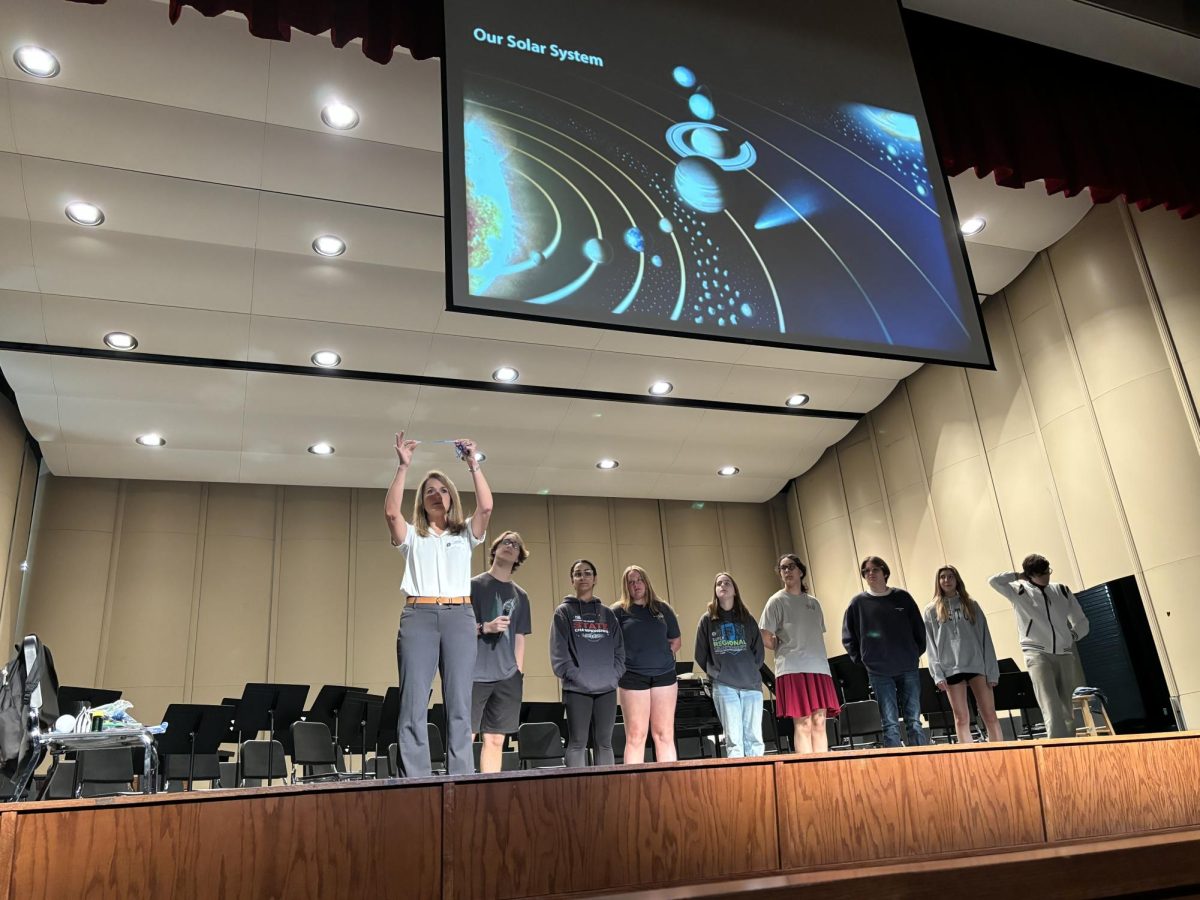
![Walking through the tunnel created by the cheerleaders and Celebrities, senior Frances Tran smiles as the soccer team is sent off during DEN for their playoff game against Rouse tonight. Tran said the wins against Smithson Valley and Alamo Heights gave the team a morale boost to take on the Raiders tonight. “I know we were not 100% confident in those games,” Tran said. “But, Rouse is a big opponent for sure. We’re definitely going into tonight with a lot of morale [because of the previous wins].”](https://cphswolfpack.com/wp-content/uploads/2024/04/frances-tran.jpg)

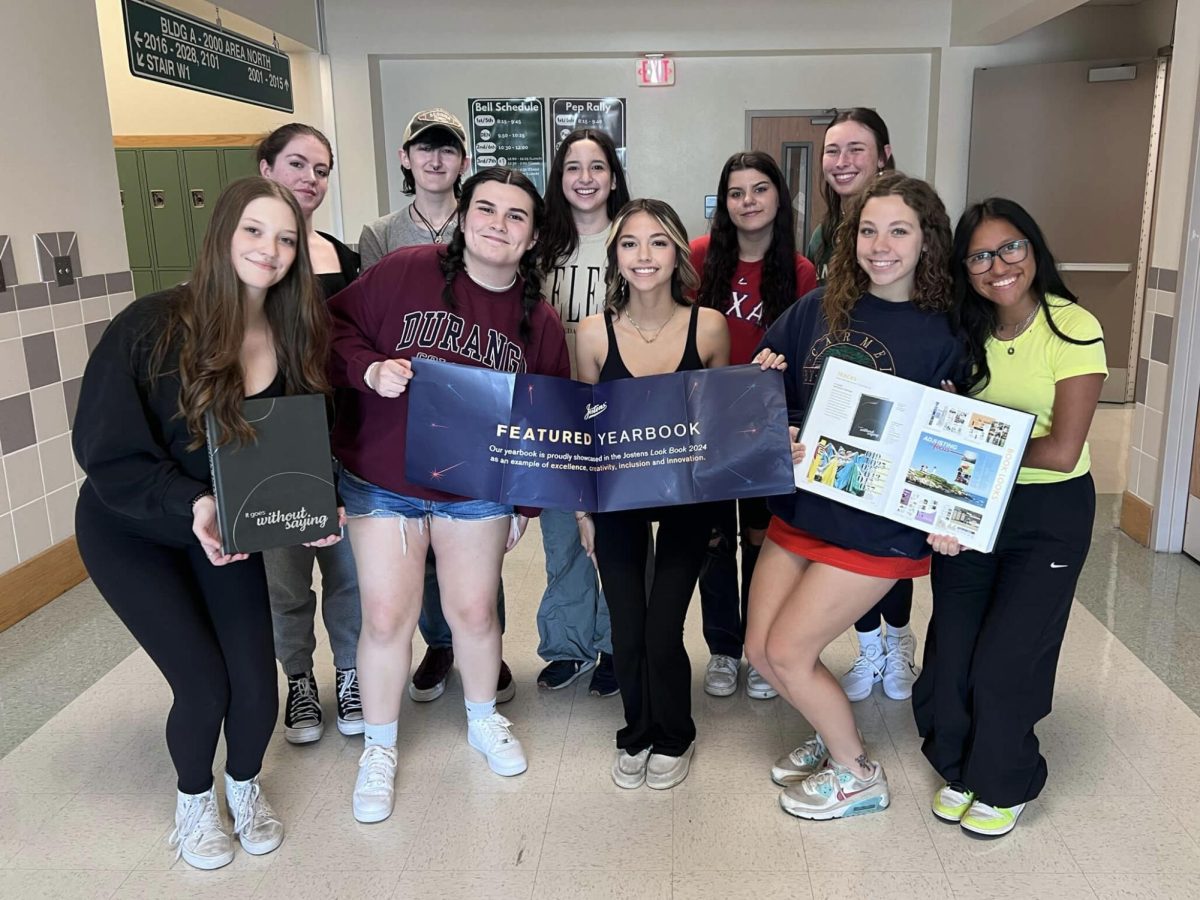

![Holding a bucket of materials in one hand and a roll of tape in another, anatomy and biology teacher Tyler Terry prepares for a lab. Terry said his proudest moments are when his students are happy to see him. “When I take my wife to a football game or something and a bunch of students want to say hi to me or they like to smile and wave and it just makes me feel good that the students are really kind and supportive of me,” Terry said. “[I’m also] proud when I see students perform really well in their extracurriculars because I can see how hard they’re working in my classes, [so] when I see that they’re also working so hard in other things. Like they’re winning band competitions or they’re getting awards for their theater productions, or I see them put on their choir shows, that’s like, wow, you guys are incredible.”](https://cphswolfpack.com/wp-content/uploads/2024/04/Rags-6.png)


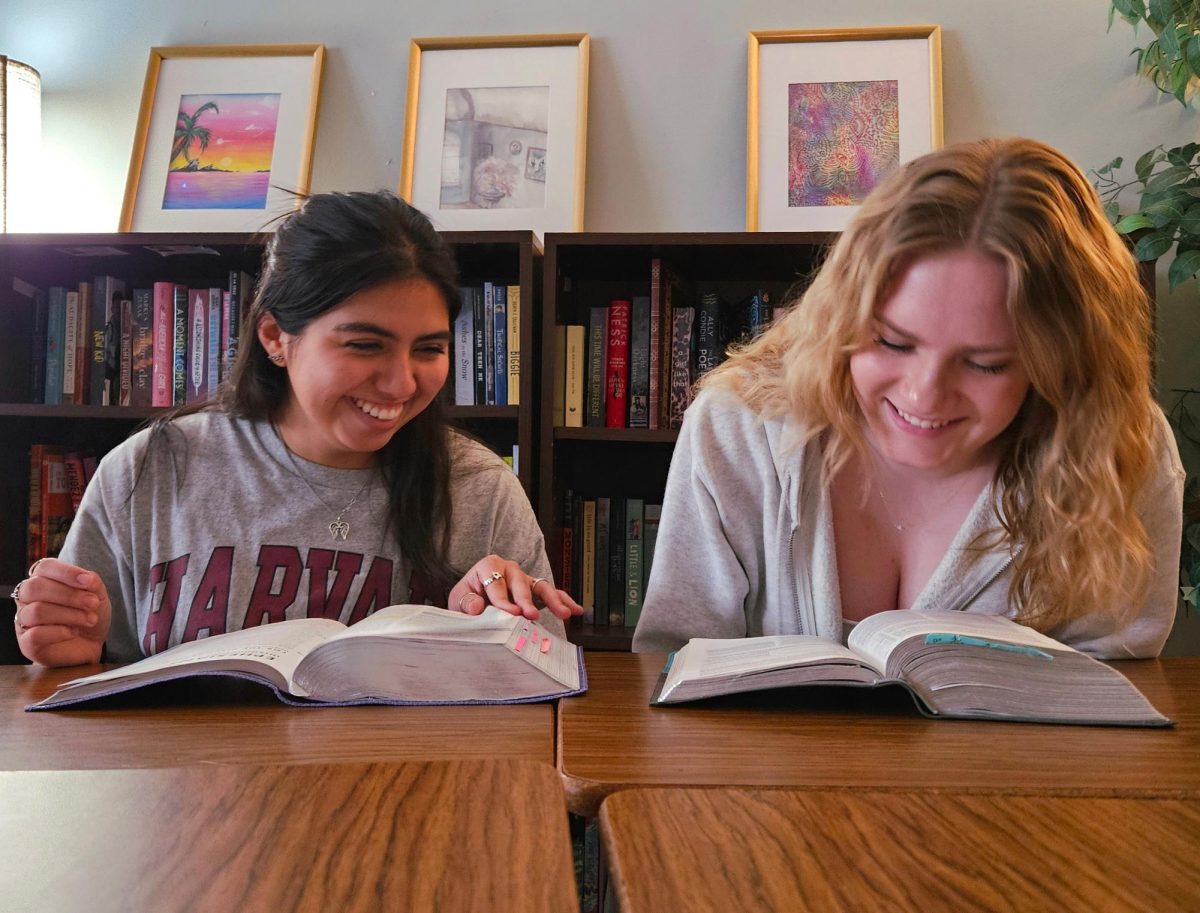
![Catching a ball, junior Alivia Robinson plays at the Cedar Park vs Glenn game. Having played since she was 5 years old, she is dedicated to softball and has committed to UTPB for softball. “When I got my offer it took me a very long time to decide where,” Robinson said. “Softball has always been my dream for college, and UTPB is my fit. When [I committed] I knew I was going to be loved and supported.”](https://cphswolfpack.com/wp-content/uploads/2024/04/Lilly-Adams-3.13aliviaedit-901.jpg)

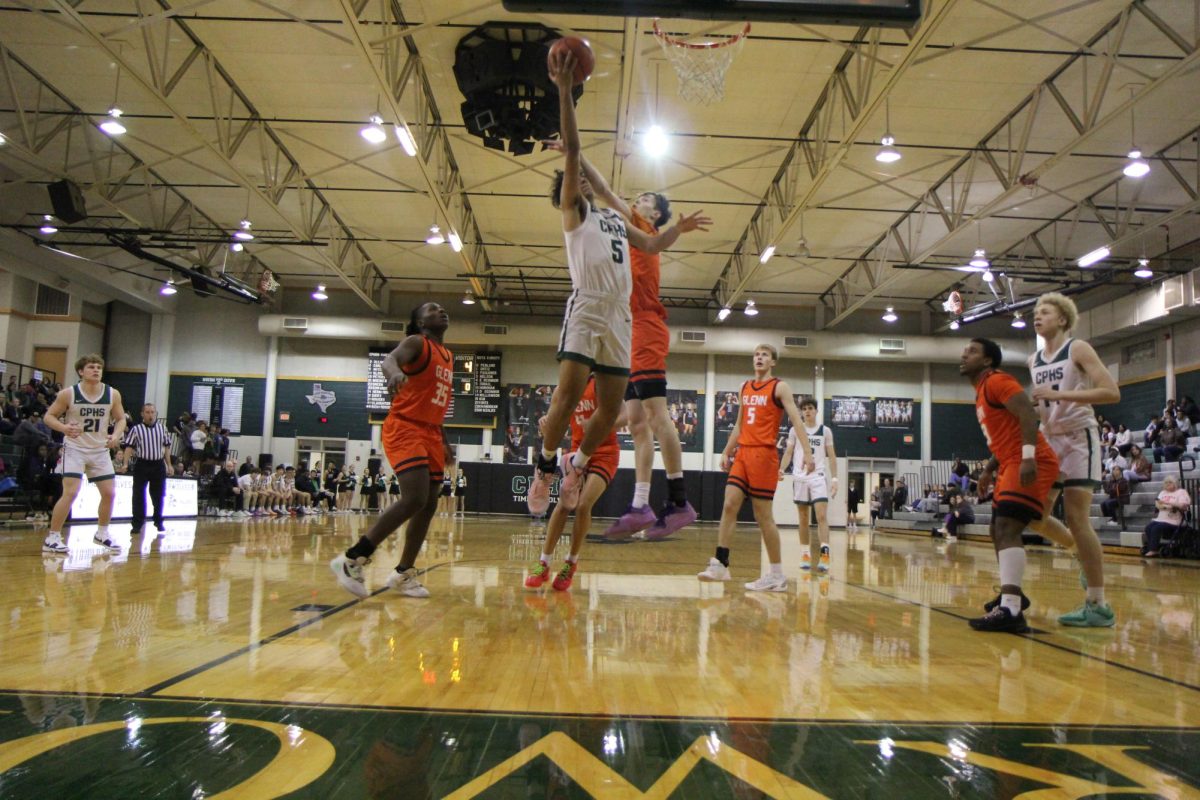

















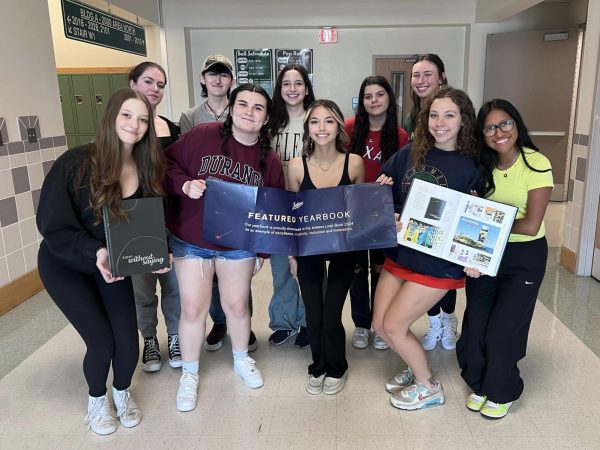
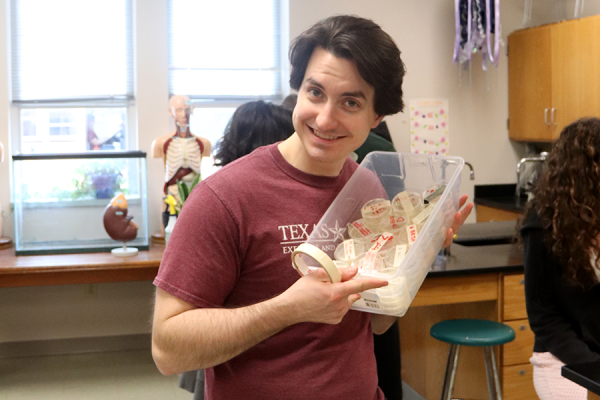









![Holding her dog, Nova, senior Ariana Balakrishnan poses for her senior pictures while Nova wears a bandana with her college decision. Balakrishnan applied to 18 colleges in total, but she decided on Columbia in the end. “Right before I clicked the button to open Columbia’s letter, I literally looked at the camera and go ‘This is just gonna really suck because I wanted it so bad,’ and I clicked it and all of a sudden you hear trumpets,” Balakrishnan said. “There’s a video that plays when you open it and I actually didn’t watch the video, I just watched the screen go black, because every day of December before ED [Early Decision] I would go on YouTube and watch the acceptance video to manifest it, so immediately when the screen went black, I started screaming and jumping up and down. And my parents in the video are like ‘What are you doing, where’s the letter,’ and I was just screaming ‘I got in, I got in.” I just started crying, and it just felt like everything in the world came together.”](https://cphswolfpack.com/wp-content/uploads/2023/04/ariana-2-300x217.jpg)


![Catching a ball, junior Alivia Robinson plays at the Cedar Park vs Glenn game. Having played since she was 5 years old, she is dedicated to softball and has committed to UTPB for softball. “When I got my offer it took me a very long time to decide where,” Robinson said. “Softball has always been my dream for college, and UTPB is my fit. When [I committed] I knew I was going to be loved and supported.”](https://cphswolfpack.com/wp-content/uploads/2024/04/Lilly-Adams-3.13aliviaedit-901-600x400.jpg)




